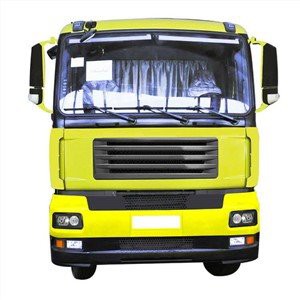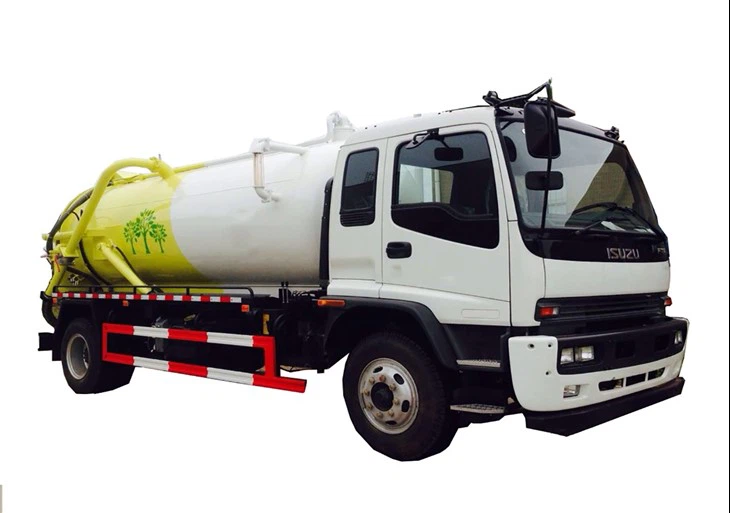Mining Lorries: A Comprehensive Guide to Their Importance and Functionality

Mining lorries, also known as dump trucks or haul trucks, play a crucial role in the mining industry. These heavy-duty vehicles are specifically designed to transport large quantities of materials, such as ores, coal, or rocks, from one location to another within mining sites. Whether you are new to mining or have been involved in the industry for years, this article will provide valuable insights into mining lorries, their types, features, and tips for efficient usage.
Understanding Mining Lorries
What is a Mining Lorry?

A mining lorry is a large, heavy vehicle designed for carrying significant loads of material in a mining environment. They typically have a reinforced bed that can tilt for easy unloading, and are built to handle rough terrains and extreme conditions often encountered in mining operations.
Types of Mining Lorries
There are several types of mining lorries, each designed for specific functions and terrains. Here are the most common types:
- Dump Trucks: These trucks feature a bed that tilts to dump its load quickly. Suitable for mining operations where quick loading and unloading are essential.
- Articulated Dump Trucks: These vehicles have a pivot point, allowing them to navigate tight spaces and rough terrains effectively.
- Rigid Dump Trucks: Known for their durability and high payload capacity, rigid dump trucks are typically used for larger mining operations.
- Hybrid Dump Trucks: These offer a combination of electric and diesel power systems, reducing fuel consumption and emissions.
Key Features of Mining Lorries
Durability and Strength
Mining lorries are built to withstand harsh conditions. Features often include reinforced frames, heavy-duty tires, and specialized suspension systems to handle rough terrains and heavy loads.
Load Capacity
Mining lorries can carry a variety of payloads, typically ranging from 30 tons to over 400 tons, depending on the model. Choosing the right lorry based on load capacity is crucial for operational efficiency.
Table: Load Capacity Comparison of Popular Mining Lorries
| Model | Load Capacity (tons) |
|---|---|
| CAT 797F | 400 |
| Komatsu 980E | 400 |
| Bucyrus ER 1200 | 250 |
Fuel Efficiency
With rising fuel costs, many mining companies are investing in more fuel-efficient mining lorries. Hybrid and electric options have shown reduced emissions and operating costs.
Operational Considerations for Mining Lorries
Choosing the Right Mining Lorry
Selecting the appropriate mining lorry is critical for maximizing productivity. Consider the following factors:
- Terrain: Assess the type of terrain in your mining area—soft ground, steep inclines, etc.
- Payload: Determine the average load you will need to carry and select accordingly.
- Operational Costs: Take into account not just the purchase price but maintenance and fuel costs as well.
Maintenance Tips for Mining Lorries
Regular maintenance of mining lorries is essential for their longevity and performance. Here are some tips:
- Inspect tires for wear and tear, and ensure proper inflation.
- Schedule regular oil changes and check filters.
- Keep the hydraulic system well-maintained.
Safety Protocols in Mining Operations
Training and Certification
Operators must undergo proper training and certification to ensure safe operation of mining lorries. Safety protocols should be written into the company’s operational manual.
Emergency Procedures
Establish clear emergency procedures in case of breakdowns or accidents. Ensure all operators know how to react in such situations.

Technological Advancements in Mining Lorries
Automation and Remote Operation
Automation is increasingly being integrated into mining lorries. Remote operation capabilities can reduce the risk to human operators in hazardous environments.
Telematics and Fleet Management

Telematics systems can provide real-time data on vehicle performance, location, and maintenance needs, significantly enhancing fleet management.
Practical Examples of Mining Lorries in Action
Case Study: Open-Pit Mining Operations
In open-pit mining operations, dump trucks are frequently employed to transport ore from the mining face to processing plants. For example, the use of CAT 797F trucks in a copper mine significantly increased operational efficiency, allowing for a reduction in cycle time and improved material handling rates.
Case Study: Underground Mining Operations
In underground operations, articulated dump trucks are often favored due to their maneuverability in confined spaces. Companies using such vehicles reported better access to mining areas and increased safety for operators in low-ceiling mines.
Environmental Impact of Mining Lorries
Emission Regulations
Environmental regulations are becoming stricter, pushing mining companies to adapt. Many manufacturers are now producing lorries that comply with emission standards and reduce the overall carbon footprint of mining operations.
Waste Management
Mining lorries play a significant role in managing waste materials. Proper use of dump trucks can ensure that waste is removed effectively, minimizing the environmental impact of mining activities.
Future of Mining Lorries
Trends to Watch
- Electrification: Expect more mining lorries powered by electric engines as battery technology improves.
- Increased Automation: More companies will adopt autonomous lorry systems to improve safety and efficiency.
- Smart Technologies: Integration of AI and IoT for predictive maintenance and performance tracking.
Investment Considerations
Investing in modern mining lorries can improve productivity and reduce operational costs. While initial costs may be high, the long-term benefits often outweigh these expenses.
FAQs About Mining Lorries
1. What is the primary use of mining lorries?
Mining lorries are primarily used for transporting bulk materials, such as ores, from mining sites to processing plants or stockpiles.
2. How much can a mining lorry carry?
Mining lorries can typically carry anywhere from 30 tons to over 400 tons, depending on the model and application.
3. What are articulated dump trucks good for?
Articulated dump trucks are ideal for rough terrains and tight spaces, making them suitable for various mining operations.
4. How often should mining lorries be maintained?
Regular maintenance is crucial. Inspections and oil changes should be done frequently, often adhering to the manufacturer’s guidelines.
5. What advancements are being made in mining lorries?
Advancements include increased automation, telematics for fleet management, and the shift towards electric and hybrid designs for better fuel efficiency and reduced emissions.
6. Do mining lorries have safety features?
Yes, modern mining lorries come equipped with various safety features, such as advanced braking systems, rollover protection, and enhanced visibility systems.
